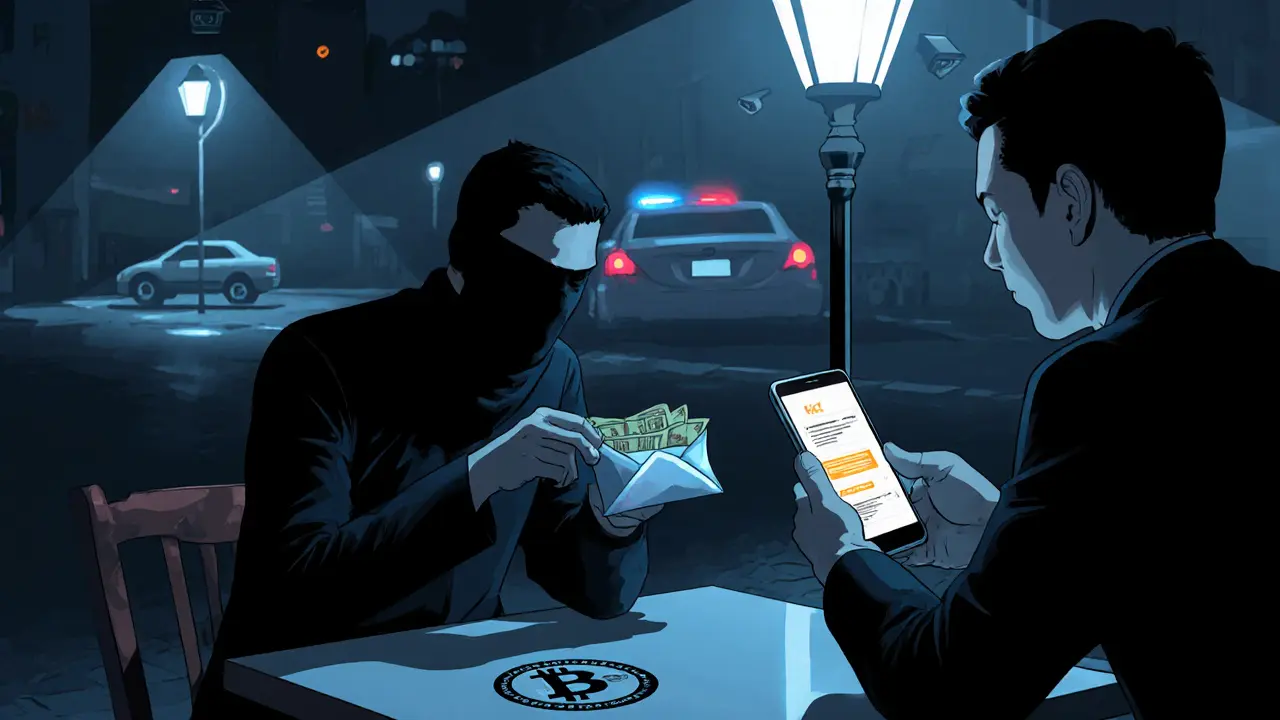Underground Cryptocurrency: Hidden Networks, Privacy Exchanges, and How They Work
When governments block access to Bitcoin or freeze crypto accounts, people don’t stop trading—they move to the underground cryptocurrency, crypto networks that operate outside official financial systems, often using privacy tools and non-KYC platforms to avoid detection. Also known as dark crypto, it’s not about illegal activity—it’s about access. In places like Iran, Venezuela, or Ukraine, where banks shut down digital wallets or exchanges comply with sanctions, underground crypto isn’t a choice. It’s survival.
This ecosystem relies on a few key tools. non-KYC exchange, crypto platforms that don’t require identity verification, letting users trade without paperwork or government oversight. Also known as privacy exchange, these sites let you swap tokens without handing over your ID. Think Nonkyc.io or private DEXs like KaiDex V3—no emails, no documents, no questions. Then there’s crypto sanctions, government actions that block certain users or countries from using mainstream crypto services, forcing them into decentralized or peer-to-peer alternatives. Also known as OFAC evasion, this is what drives demand for tools like flash loan arbitrage, wrapped tokens, and cross-border P2P swaps. These aren’t theoretical. Real people use them every day to buy food, pay rent, or send money home.
Underground crypto doesn’t mean unregulated—it means differently regulated. It’s built on open-source code, not corporate policies. It thrives where trust in banks is broken and where people need control over their money. You’ll find it in the airdrops that skip centralized platforms, in the wallets that don’t log IPs, and in the tokens that move through liquidity pools no one can shut down. The posts below show exactly how this works: from how citizens in sanctioned countries bypass exchange restrictions, to how privacy tokens like NKYC are built to resist tracking, to how airdrops like ONUS or FORWARD become lifelines when traditional finance says no.
What you’ll find here isn’t speculation. It’s documented cases, real tools, and step-by-step breakdowns of systems people are using right now to keep crypto alive when the doors are locked. No hype. No fluff. Just how it works—and how you can understand it, even if you’re not in a sanctioned country.
Underground Crypto Market in Algeria After 2025 Ban
After Algeria's 2025 total crypto ban, digital assets moved underground. Despite prison sentences and heavy fines, Algerians still trade Bitcoin and stablecoins through hidden P2P networks. Here's how it works-and why it won't stop.
read more

